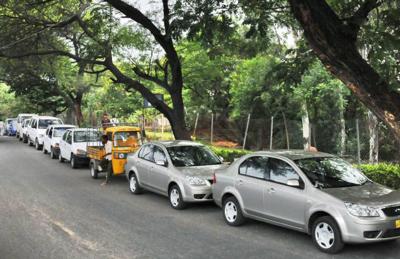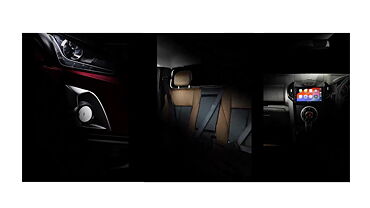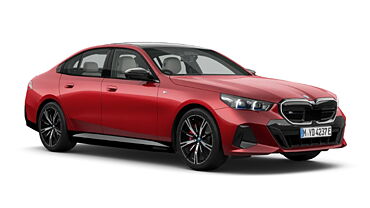The Indian automobile market witnessed many highs and lows in the last two years. With sales growth of 27% in 2010, car manufacturers would not have expected a sudden downfall in the following year. 2011 proved to be ominous for automobile industry as sales growth nosedived and eventually tumbled to 3%.
In 2011, India surpassed Brazil and became the sixth-largest vehicle producing nation. However, the automobile industry had to take care of certain issues in order to attract Indian buyers.
The unexpected rise in demand for diesel cars was one of the issues that manufacturers were not prepared for. In order to meet the demand of customers, companies had to double the production. However, labour trouble caused delays in the production of diesel car models. In June 2011, Maruti Suzuki India Limited (MSIL) had to solve labour problem at its 2nd plant in Manesar; a similar issue was confronted by Hyundai at its Chennai plant. The workers demanded union registrations, feasible working conditions and wage revisions.

Kumar Kandaswami, Senior Director at Deloitte Touche Tohmatsu India, commented, “Labour issues will continue. We have a shortage of skilled manpower and a large amount needs to be spent on training.” Unless India’s labour laws are revised, these issues will continue to persist. The change in laws will provide flexibility to the firm with respect to hiring and firing of workers.
High commodity prices, increase in interest rates and tumbling rupee made the situation even graver for manufacturers as this affected the car sales graph. According to the statement given by Shashank Srivastava, Chief General Manager of Marketing, Maruti Suzuki India Limited (MSIL), “The January-March quarter was the highest ever for the industry, but after that there was this dramatic fall - something I haven't ever seen. The impact of rising interest rates and fuel prices came by April-June and remained through the year.”
The sudden surge of diesel car models in 2011 took Indian automobile manufacturers by surprise. In April 2011, the sales for diesel cars increased 24% while sales for petrol models fell 16%. Current figures exhibit that the demand for diesel variants is more than 80%. Fluctuation of petrol prices is the prime reason for consumers' recent shift towards diesel cars. The price of diesel is controlled by the government, which is why there is a wide gap between petrol and diesel prices. Due to the subsidy that the government provides to the common man, diesel cars are more economical to the buyers in the long run. Automobile manufacturers who were able to catch up with the requirement of diesel cars experienced sustainable growth.
Though many new car models were launched in 2011, but only few of them were able to entice Indian buyers. The new Maruti Swift, Mahindra XUV500 and Hyundai Verna were among the models that outshone Skoda Rapid and Hyundai Eon. Kumar Kandaswami also stated, “Interesting things happened, like the success of SUVs and MUVs in a difficult year, while the jump to diesel has been a struggle.”
With more than 75% market share, small car segment still dominates the Indian automobile market. However, the small car segment was on the receiving end this time as luxury car models like Audi, Mercedes-Benz and BMW witnessed growth above 60% in 2011.
Shashank Srivastava also said, “If there is no clarity on diesel in the Budget, there will be a ‘dieselisation' of the car market. Voices from the industry have now become shrill in asking for future guidance, so that the right investments can be made.”
Nevertheless, what happened in 2011 is a thing of the past and it is high time that Indian automobile manufacturers start making aggressive strategies to boost sales in the coming year.



























